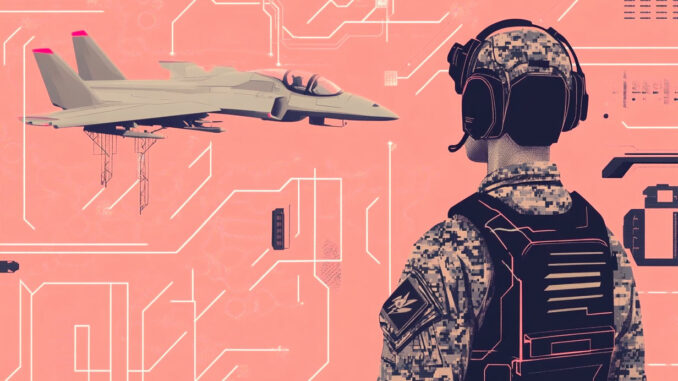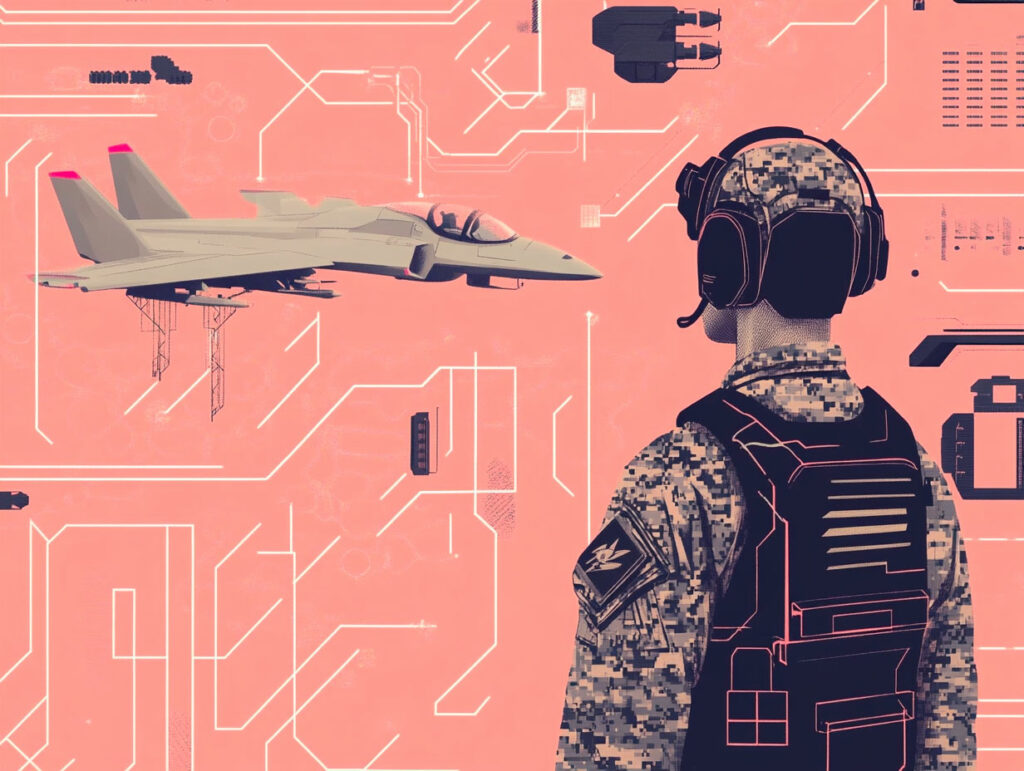
The integration of hybrid red teams, combining artificial intelligence and human expertise, is essential to anticipate and counter adversarial exploitations of US technology policies.
Rapidly evolving technologies expose US export control policies to sophisticated circumvention by adversary nations. Concrete examples include Iran, Russia and China, which have exploited loopholes in US regulations to further their strategic interests. To counter these threats, the integration of hybrid red teams, combining artificial intelligence (AI) and human expertise, is proposed. This approach aims to anticipate adversary tactics by simulating various scenarios of potential exploitation of technological policies before they are implemented. By strengthening analysis and forecasting in this way, the United States could better protect its national interests and maintain its technological edge.
Vulnerabilities of US technology policies to adversaries
US technology policies, while designed to protect national interests, present vulnerabilities that can be exploited by adversary nations. The acceleration of technological advances often transcends traditional geopolitical analytical frameworks, rendering policies obsolete or ineffective in the face of emerging threats. For example, the introduction of steam engines in the XIXᵉ century paved the way for new types of crime, such as train attacks. Similarly, modern technologies such as artificial intelligence and advanced semiconductors can be diverted from their original purpose to serve military or strategic objectives by adversary states.
Moreover, the erosion of rigorous analysis of adversary capabilities in the formation of technology policies weakens the ability of the United States to anticipate and counter exploitative strategies. During the Cold War, the National Security Council (NSC) excelled at anticipating adversary tactics. However, recent decisions suggest that this critical perspective is no longer a priority, increasing vulnerability to unintended consequences.
Finally, modern artificial intelligence systems offer an unprecedented opportunity to improve the analysis of adversary capabilities. These systems can rapidly generate multiple scenarios of how adversaries might hijack proposed technological controls. For example, financial institutions are combining AI-based fraud detection systems with human analysis to identify and prevent complex financial crimes before they cause considerable damage. Similarly, the integration of AI into red teams could enable a more accurate assessment of potential vulnerabilities in technology policies.

Real-life examples of adversary nations exploiting US policies
Several examples illustrate how adversary nations have circumvented US export controls to achieve their strategic objectives.
Iranian circumvention of controls on dual-use technologies (2015-2020)
Following the imposition of export controls on dual-use technologies, Iran developed a sophisticated network of front companies and intermediaries in third countries to circumvent these restrictions. This network became so effective that it helped other nations facing similar restrictions, creating a parallel market for controlled technologies. This sophistication eventually undermined the effectiveness of US export controls, as other nations learned to exploit the same mechanisms that Iran had developed.
Russian manipulation of ITAR regulations (2014-2018)
Following the implementation of US ITAR restrictions on space technologies, Russia exploited these controls by positioning itself as an alternative supplier of rocket engines to other nations. It specifically used the strict nature of US ITAR controls to market its RD-180 rocket engines to European and Asian countries, arguing that Russian technology had fewer restrictions and compliance burdens. This effectively reduced American influence in the global space industry, while increasing Russia’s market share at the time.
China’s response to semiconductor controls (2022-2023)
After the U.S. imposed strict export controls on advanced semiconductors, China responded by using its dominance in rare earth minerals, essential to semiconductor manufacturing. It restricted exports of gallium and germanium, citing “national security” concerns. Beijing thus used the same regulatory framework that the US had established to protect its technologies, creating supply chain disruptions for Western manufacturers. This demonstrated how export controls can be mirrored and reused against their initiators.

Integrating AI-human hybrid red teams into technology policy-making
To strengthen national security and prevent the exploitation of technology policies by adversaries, it is essential to integrate hybrid red teams combining artificial intelligence and human expertise into the policy-making process.
Creating a permanent red team combining human expertise and AI capabilities
The creation of a permanent red team, combining human experts and advanced artificial intelligence systems, would enable continuous, in-depth analysis of technology policies. This team would be able to simulate various potential exploitation scenarios, taking into account the capabilities and intentions of adversaries. For example, when assessing export controls on semiconductors, AI could analyze supply chain vulnerabilities, while human experts would examine diplomatic and strategic repercussions.
Strengthening adversarial analysis in National Security Council (NSC) deliberations
Integrating AI into NSC deliberations would improve adversarial analysis, which has lost importance in recent years. Previously, the NSC anticipated adversaries’ strategies for circumventing US policies. Today, this critical skill has eroded, increasing the risk of unintended consequences. The combined use of AI and human expertise would make it possible to identify circumvention strategies before they are implemented by adversaries.
Mandatory AI-human red team analysis before any new technology policy
Before any new technological policy is implemented, a systematic assessment by a hybrid red team would enable potential abuses to be anticipated. This obligation would guarantee a reduction in strategic errors and reinforce the protection of American interests. For example, before imposing restrictions on quantum technology exports, an AI simulation could analyze opposing reaction strategies, while human experts would predict the geopolitical implications.
Benefits of a hybrid AI-human system for technological security
Integrating AI into technological decision-making processes offers several advantages:
- Accurate threat anticipation: AI can process large volumes of data and detect patterns that escape human analysis.
- Reduced delayed reactions: Instead of acting after adversaries have found vulnerabilities, hybrid red teams enable active prevention.
- Improved decision-making: in-depth analysis, combining AI and human expertise, improves the relevance and reliability of strategic decisions.
Concrete examples of application
Adopting a hybrid AI-human approach could transform the way technology policies are designed and applied. For example:
- Semiconductor controls: Hybrid analysis could anticipate adverse reactions and identify alternative suppliers to limit the impact of countermeasures.
- Critical infrastructure protection: By monitoring vulnerabilities in energy and communications networks in real time, red teams could identify exploitable vulnerabilities before they are exploited.
- Preventing sensitive data leaks: AI could analyze massive volumes of data to spot suspicious trends, while human experts would interpret the results and propose appropriate solutions.
War Wings Daily is an independant magazine.